Pet Carrier for Flying: Your Ultimate Guide to Air Travel
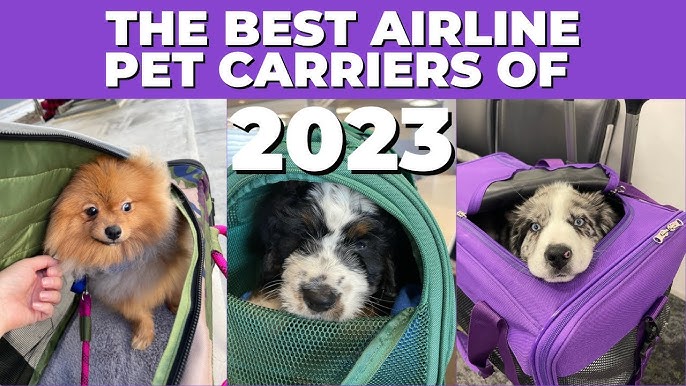
Travelling with pets can be a challenge. A good pet carrier makes flying much easier.
Choosing the appropriate pet carrier for flying is critical to your pet’s comfort and safety. Airlines have certain requirements for pet carriers, so it’s vital to understand what to look for. A well-designed carrier ensures your animal companion’s safety during the travel.
It also allows you to easily navigate airport security and boarding procedures. From size and ventilation to portability, every feature is important. Understanding these variables can help you choose the appropriate carrier for your pet. This article will assist you in selecting the best pet carrier for your next journey, making travel less stressful for both you and your pet.
Choosing The Right Pet Carrier
Choosing the correct pet carrier is critical for travel. Size matters a lot. Your pet should fit comfortably. Before you purchase, measure your pet’s height and length. The carrier should have more room to move.
Comfort is also important. Look for comfy bedding inside. This makes your pet feel safer. Select a carrier with good ventilation. This keeps the air circulating and your cat cool.
| Material | Durability |
|---|---|
| Soft-sided | Lightweight but less sturdy |
| Hard-sided | Strong and protective |
| Expandable | More room when needed |
Choose a carrier made from strong materials. This helps it last longer. Check for safety features, like secure zippers. Your pet’s safety should always come first.
Airline Policies For Pet Travel
Airlines have varied pet policies. Understand the individual criteria of each airline.
Domestic planes may transport pets in the cabin or as cargo. Check the carrier’s weight restriction and dimensions.
International flights often have harsher regulations.Certain countries may require health certificates. Others may have quarantine rules. Always check the destination’s guidelines.
Take your pet’s comfort into account. Make sure they have enough space. Provide familiar items like a blanket or toy.
Preparing Your Pet For Flight
Slowly increase the time. Use treats to make it a pleasant experience. Practice at home before the trip.
Regular health checkups are crucial. Visit the veterinarian to make sure your pet is ready to fly. Request vaccination records and health certifications. Certain airlines demand this information. Make sure that all documents are up-to-date.

Credit: www.sportpet.com
Safety Tips For In-cabin Travel
Securing the carrier is very important. Use a strong strap to keep it steady. Make sure the carrier fits under the seat. Check the airline rules for sizes.
Managing anxiety and stress is key for pets. Calm your pet before the flight. Take short trips to help them adjustUse familiar items, such as a cherished blanket. This can make them feel safer.
Cargo Travel For Larger Pets
Larger pets often require cargo transportation. It allows them to travel safely. However, there are certain benefits and drawbacks to consider.
Pros:
- More space for larger pets.
- Less stress during flight.
- Professional handling by airline staff.
Cons:
- Increased risk of injury.
- Possible temperature changes.
- Longer waiting times for pickup.
Preparing your pet for the hold is very important. Make sure they are comfortable.Use familiar stuff, like a favourite blanket. This can make them feel safe.
Visit your vet before the trip. Ensure your pet is healthy enough to travel. Proper preparation can make the journey easier for everyone.

Pet Carrier for Flying
Credit: www.youtube.com
Packing Essentials For Your Pet
Bring enough food for your pet. Pack extra in case of delays. Choose dry food or canned food. Use small, sealable bags for easy serving.
Don’t forget about water. A portable water bottle is great. You can also bring a small bowl for easy drinking. Keep your pet hydrated during the flight.
Comfort is very important. Bring your pet’s favourite blanket or toy. This can help them feel safe. A familiar item can reduce stress during travel.
Consider a travel bed too. It provides a cosy spot. Make sure it’s lightweight and easy to pack.
Navigating The Airport With Your Pet
Travelling with your pet requires careful planning. Check-in can be busy. Arrive early to avoid stress. Have your pet’s documents ready. This includes health certificates and vaccination records.
At security, pets must go through special checks. Remove your pet from the carrier. Place the carrier on the conveyor belt. Keep your pet close and calm.
Finding pet relief areas is important. Most airports have designated spots. Look for signs that guide you. Be sure to take your pet out before the flight.
Always stay calm. Your pet can sense your feelings. A calm owner helps their pet feel safe. Enjoy your journey together!
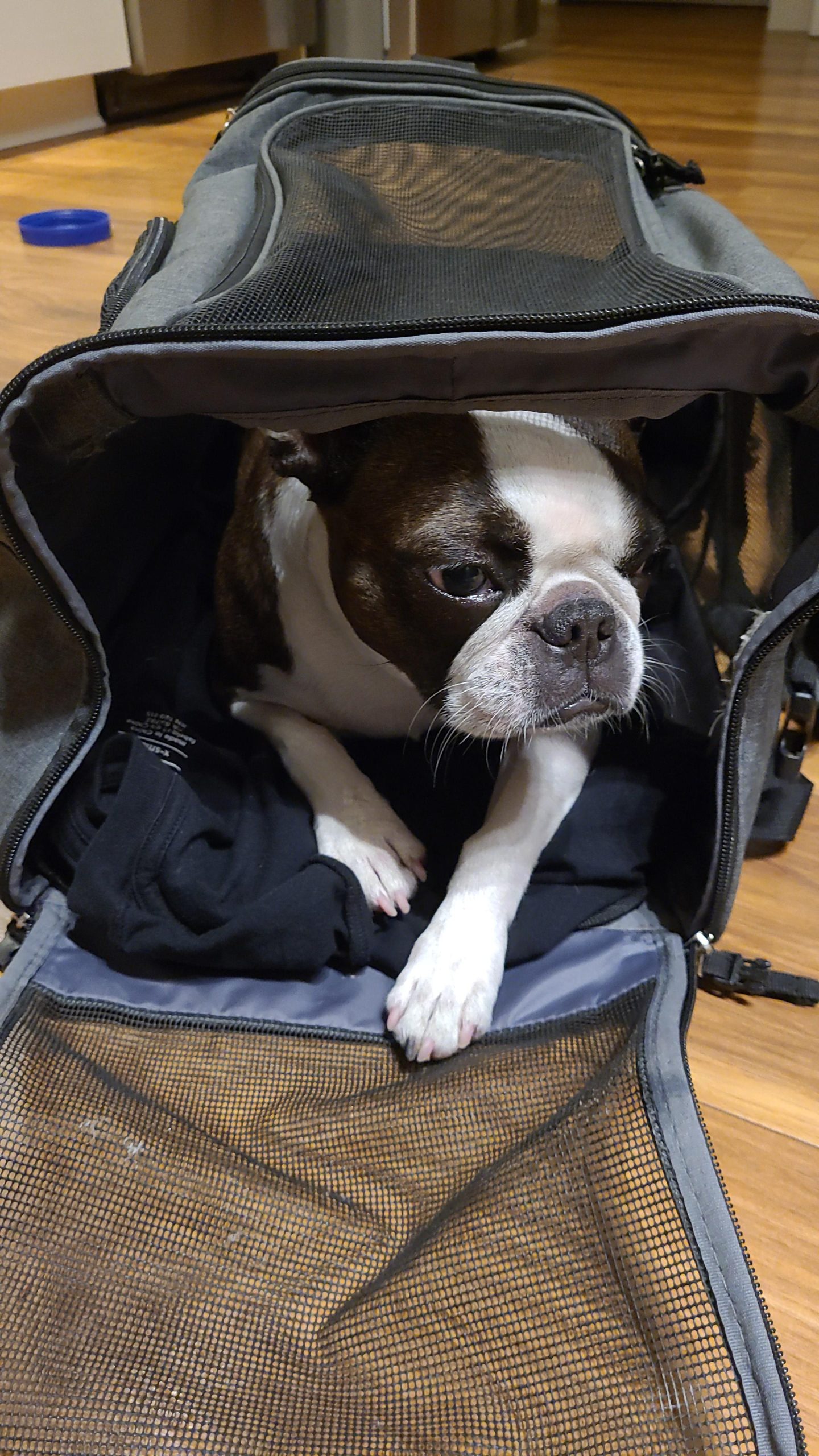
Pet Carrier for Flying
Credit: www.reddit.com
Post-flight Care For Your Pet
Adjusting to a new place can be hard for pets. Keep their routine the same.Feed them at the same time. Allow them to slowly explore their new home. Create a cosy environment for them. This will make them feel safer.
Monitoring your pet’s health after vacation is critical. Check for symptoms of stress. Check to see if they are eating and drinking well.
Watch for any changes in their behaviour. If they seem unwell, contact a vet. Regular check-ups can help catch any problems early.
Frequently Asked Questions
What Is The Best Pet Carrier For Flying?
The ideal pet carrier for flying is one that adheres to airline rules. Look for carriers that have good ventilation, a solid locking mechanism, and comfortable cushioning. Soft-sided carriers are popular because they may be easily placed beneath seats. Make sure your pet has enough room to turn around and lay comfortably.
How To Choose A Pet Carrier For Air Travel?
Select a pet carrier based on size, material, and airline standards. Measure your pet to ensure a proper fit. Choose materials that are robust and easy to clean. Carriers with extra storage pockets and ventilation apertures can keep your pet happy while travelling.
Are hard or soft pet carriers better for flying?
Soft pet carriers are ideal for flights since they fit neatly under airline seats. They also help your pet gain flexibility and comfort. However, rigid carriers offer more safety and stability. Finally, the selection is made using your pet’s size, personality, and airline requirements.
Do airlines require Specific Pet Carrier Dimensions?
Yes, airlines often need specific pet carrier dimensions. Each airline has its own set of requirements, which are typically published on their website. To minimise airport difficulties, ensure that your carrier meets these requirements. Always double-check before booking to ensure a smooth travel experience for your pet.
Conclusion
Choosing the right pet carrier for a flight is crucial. A proper carrier keeps your pet safe and comfortable. Before purchasing a ticket, review the airline’s policies. Make sure the carrier fits your pet appropriately. Look for features like ventilation and easy access.
Practice runs will help prepare your pet for travel. This makes the travel easier for both of you. Remember: a happy pet equals a pleasant trip. With the correct carrier, you can travel stress-free with your pet. Enjoy your adventures.


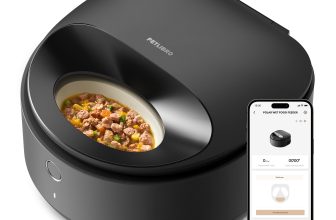
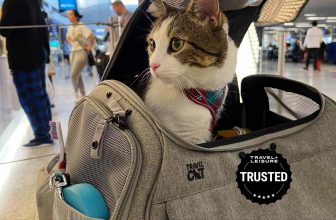
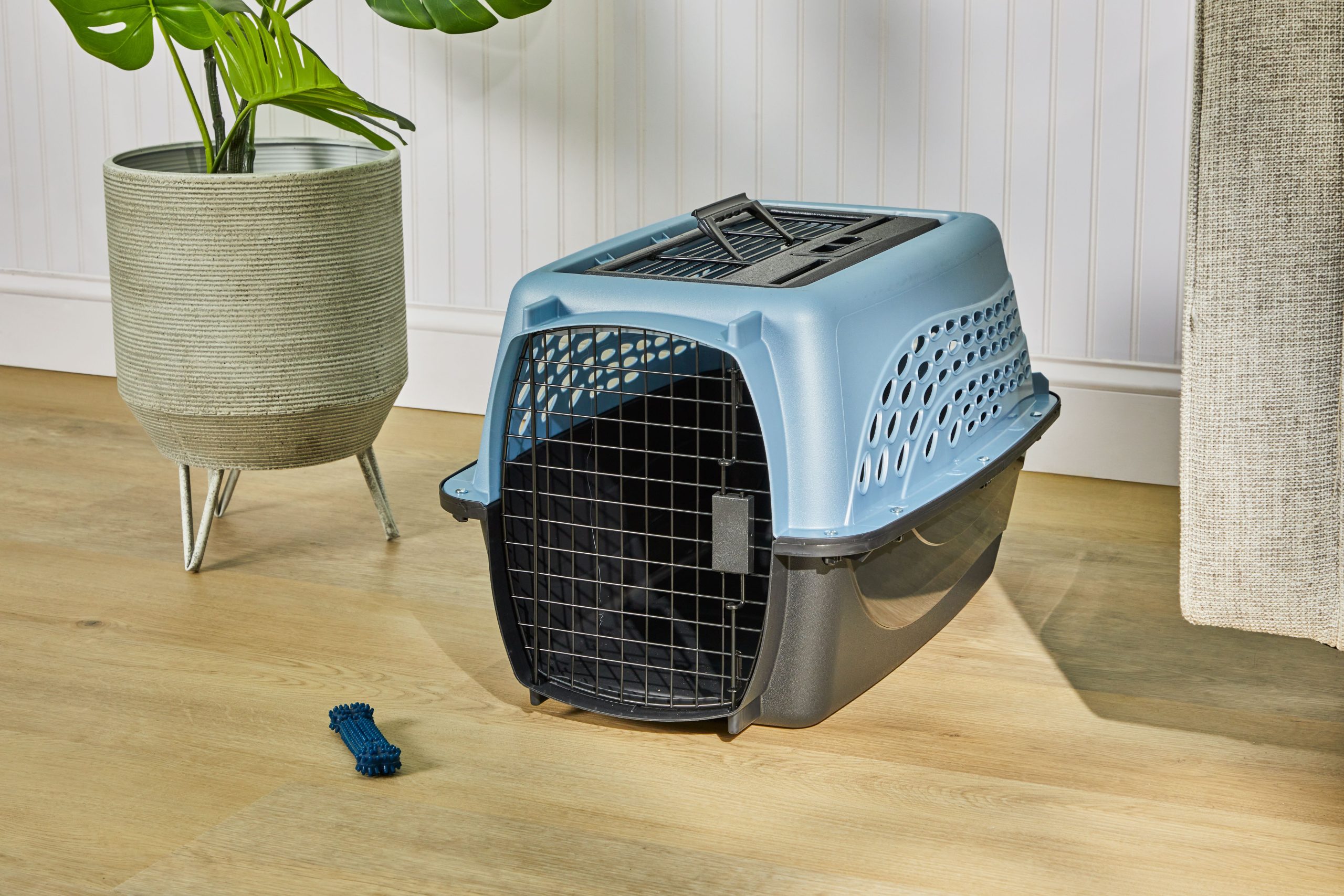
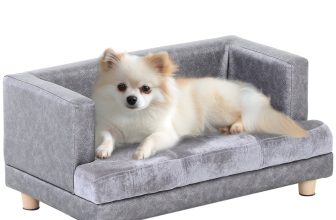

[…] right choice for a best pet carrier for cats depends on your cat’s size, personality, and travel needs. This guide will help you […]